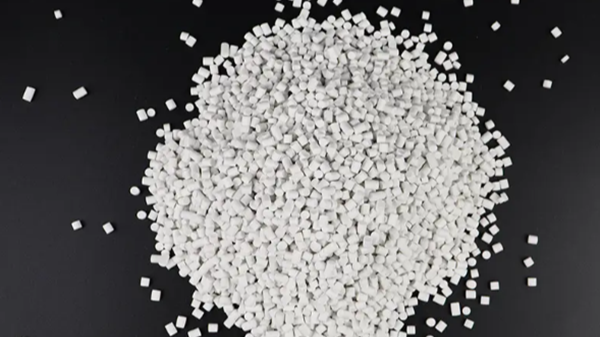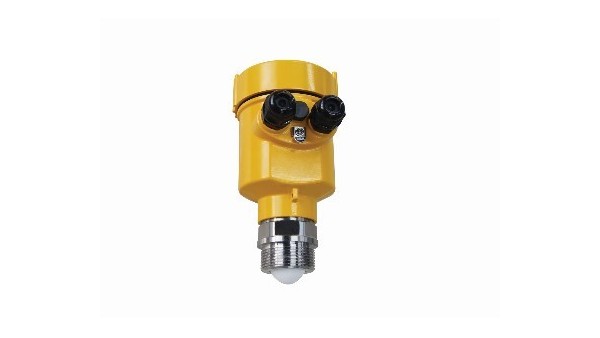In today’s manufacturing industry, plastic pellets are an indispensable raw material for the production of many plastic products, and their storage and supply links are crucial to factory operations. The plastic pellet silo, this giant closed container, plays a central role in it. It is responsible for storing large amounts of plastic pellets for use in the production line.
However, how to effectively manage these plastic raw materials and ensure that they are replenished in time during the production process to avoid potential production stagnation is an important challenge in industrial automation management.
In this regard, radar level meters have responded to this challenge with their excellent performance.

Plastic pellet silos are usually large closed containers with a large amount of plastic pellets stored inside. Due to the certain fluidity and accumulation angle of plastic particles, traditional measurement methods such as manual inspection or mechanical instruments are often difficult to provide accurate data and have high maintenance costs.
The radar level meter has become an ideal choice for this application scenario due to its high-precision and non-contact measurement advantages. The working principle of radar level meter is based on the transmission and reflection of microwave signals.
It emits microwave signals to the material surface in the silo, and then receives the signal reflected back from the material surface. By analyzing the time difference of the echoes, the system can calculate the distance between the level meter and the material surface, and then obtain the height information of the material in the silo.
The outstanding advantage of this technology is that it is not affected by environmental factors such as material type, temperature, humidity, and dust, and can stably provide accurate measurement results.

To give an actual case, the plastic pellet silo of a plastic products factory is 10 meters high and 5 meters in diameter. It is necessary to monitor the inventory of plastic pellets in the silo in real time to ensure timely replenishment and maintain continuous production operation.
The factory uses an advanced radar level meter for measurement. During installation, fix the radar level meter at the center of the top of the silo to ensure that the microwave signal can vertically cover the entire material surface. In practical applications, radar level meters have shown excellent performance.
First of all, its measurement accuracy is high, which means that for large-capacity silos, changes in material level can be accurately grasped. Secondly, due to the use of non-contact measurement, contamination of plastic particles and wear and tear on equipment are avoided.
In addition, even in environments with a lot of dust generated by plastic particles, the radar level meter can work stably, ensuring the reliability of the measurement results.

After a period of operation, the manufacturer found that after using the radar level meter, the management of the silo became more intelligent and automated.
Through integration with the control system, material level data is transmitted to the central control room in real time, so staff can understand the stock situation of the silo at any time and provide timely material replenishment as needed.
This not only improves production efficiency, but also reduces the risk of production stagnation due to lack of materials.
